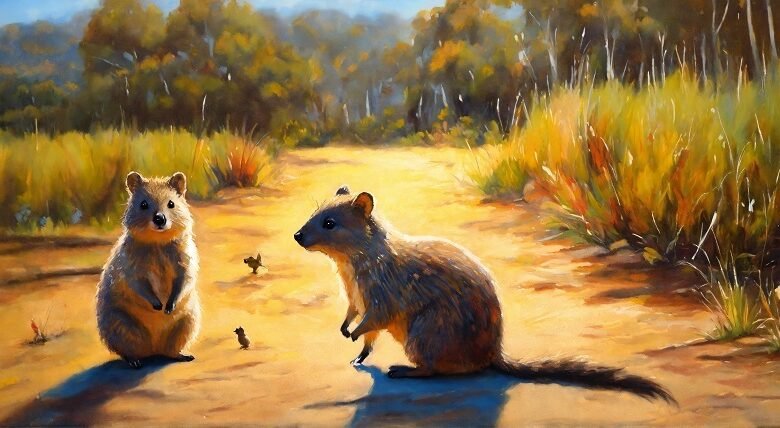The Marvelous World of Marmots

Introduction
Marmots are large ground squirrels found primarily in North America and Eurasia, renowned for their chunky build and sociable nature. These creatures belong to the genus Marmota, which includes several species, each adapted to specific environments from grassland to mountainous regions.
Habitat and Distribution
Marmots are typically found in mountainous areas and thrive in cold climates. They make their homes in burrows that can be surprisingly complex, providing shelter from predators and harsh weather. Understanding the diverse habitats of marmots is crucial for their conservation.
Physical Characteristics
Marmots are distinguishable by their robust bodies, short limbs, and bushy tails. Their fur color can vary significantly between species, ranging from yellowish-brown to dark brown. These physical traits are vital for surviving their often harsh habitats.
Social Behavior
Marmots are highly social animals, living in colonies that provide safety in numbers. Their intricate communication involves various vocalizations and body signals, which play a crucial role in maintaining the structure of their social groups.
Diet and Foraging Habits
Primarily herbivores, marmots feed on a variety of grasses, berries, lichens, and mosses. The diet of a marmot changes with the seasons, and their ability to find and store food is essential for their survival through winter.
Hibernation Patterns
One of the most fascinating aspects of marmot behavior is their hibernation. Marmots hibernate for up to eight months depending on the climate. This period of dormancy helps them conserve energy during the cold months when food is scarce.
Marmots in Folklore and Culture
Marmots hold a place in the folklore and traditions of many cultures, particularly in Europe and North America. They are often associated with weather prediction and are celebrated through various festivals and events.
Threats and Conservation
Despite their adaptability, marmots face several threats including habitat loss, climate change, and predation. Conservation efforts are crucial to ensure the survival of these interesting creatures, focusing on habitat preservation and legal protections.
Marmot Observation and Tourism
Marmot watching can be a delightful activity for wildlife enthusiasts. Certain areas are known for their accessible marmot populations, offering unique opportunities for tourists to observe these animals in their natural settings.
Research and Studies on Marmots
Ongoing research on marmots contributes to our understanding of their behavior, ecology, and physiology. Studies often focus on their social structures, hibernation patterns, and responses to environmental changes, providing insights that can aid in their conservation.
Conclusion
Marmots are more than just adorable creatures; they are integral to the ecosystems they inhabit and are fascinating subjects of scientific study. By understanding and appreciating these remarkable animals, we can better support efforts to protect and preserve them for future generations.
FAQs
1. How long do marmots live?
Marmots typically live between 6 to 15 years in the wild, depending on the species and environmental factors.
2. Can marmots be found outside of mountainous areas?
While most commonly associated with mountain regions, some marmot species can also be found in grasslands and other less rugged terrains.
3. What is the primary purpose of a marmot’s burrow?
Marmot burrows serve multiple purposes, including protection from predators and weather, as well as a place to store food and raise their young.
4. How do marmots communicate with each other?
Marmots use a variety of vocalizations, body postures, and even scent markings to communicate with one another, particularly to alert about potential threats.
5. Are marmots endangered?
The conservation status of marmots varies by species. While some are considered to be of least concern, others, like the Vancouver Island marmot, are critically endangered and require significant conservation efforts.




